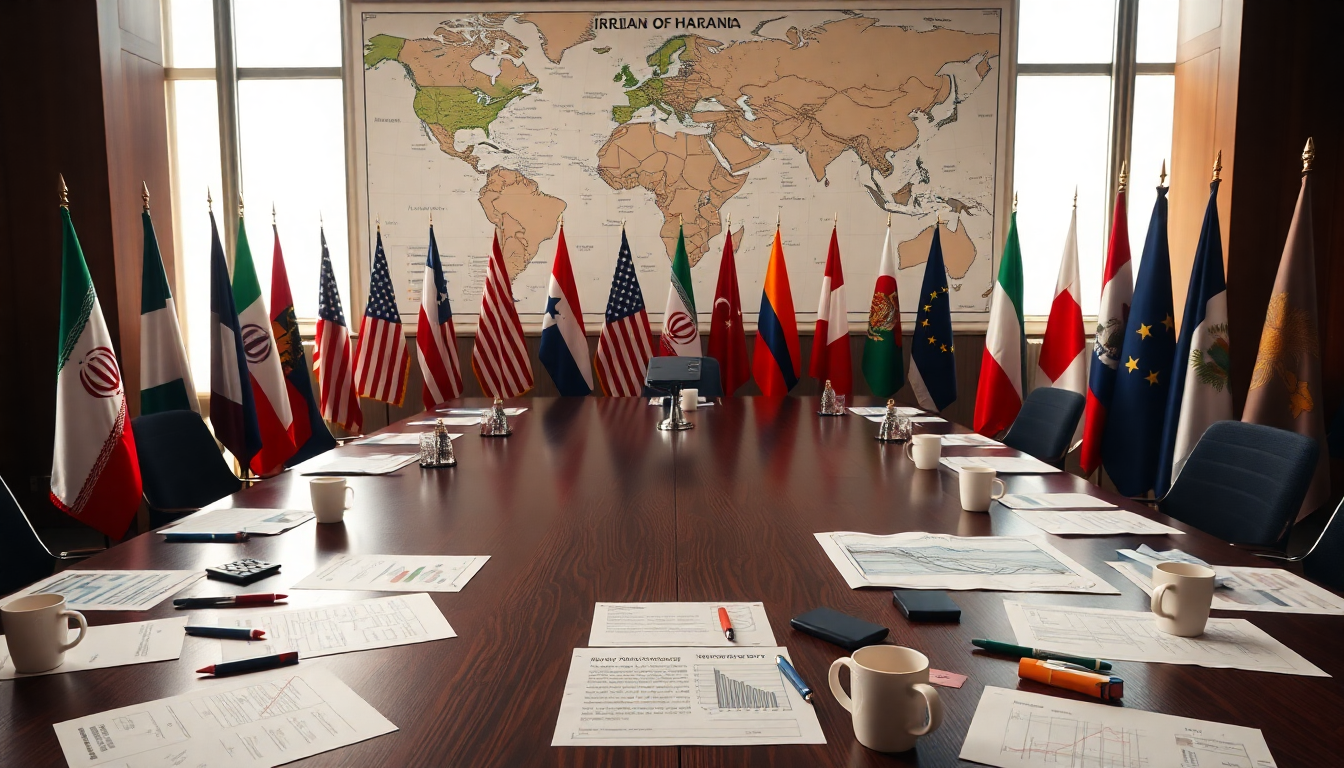Table of Contents
As the geopolitical landscape continues to shift, Iran finds itself at a critical juncture regarding its nuclear negotiations. The recent statements from Iranian Foreign Minister Abbas Araghchi shed light on Tehran’s approach to the evolving situation, particularly its relations with the United States and the international community. But what’s really at stake here? These discussions extend beyond just nuclear capabilities; they involve complex dynamics that could reshape regional stability.
The backdrop of nuclear negotiations
Ever since the United States pulled out of the Joint Comprehensive Plan of Action (JCPOA) in 2018, the atmosphere surrounding nuclear talks has been tense, to say the least. Araghchi’s recent comments suggest that Tehran is willing to revisit the details of a potential resumption of discussions. This means considering everything from timing and location to the specific terms of engagement. One thing remains clear: any negotiations will focus solely on Iran’s nuclear program. But can both sides really find common ground?
Araghchi’s warning about the re-imposition of UN sanctions highlights Iran’s sensitivity to external pressures. He mentioned that such actions could effectively end Europe’s role in the Iranian nuclear dossier, emphasizing the intricate balance of power at play. The JCPOA framework allows for sanctions to be reinstated if Iran is perceived to be in breach of the agreement, a scenario that neither side wants to face.
Regional tensions and military implications
The situation becomes even more complicated with the ongoing regional military dynamics, especially following recent Israeli airstrikes targeting Iranian facilities. Israeli Prime Minister Benjamin Netanyahu has claimed these actions are essential for national survival, citing an imminent threat. In retaliation, Iran has condemned these strikes as unprovoked aggression, which only escalates the cycle of retaliation and raises the stakes for everyone involved. How long can this cycle continue?
In response to these developments, the U.S. has provided military support to Israel, including advanced munitions aimed specifically at Iranian nuclear sites. The conflict escalated quickly, culminating in Iran targeting a significant U.S. base in Qatar, which further complicated an already volatile situation. Although a ceasefire was announced after this exchange, the underlying tensions remain palpably high. Is there any hope for de-escalation?
The future of IAEA cooperation
Beyond the nuclear negotiations, Araghchi’s comments regarding Iran’s cooperation with the International Atomic Energy Agency (IAEA) signal a shift in Tehran’s posture. A recent law signed by President Masoud Pezeshkian now requires that any future inspections of Iran’s nuclear sites get the green light from the Supreme National Council. This indicates a tighter grip on international oversight. But what does this mean for global nuclear monitoring?
This legislative change emerges from a backdrop of growing distrust toward the IAEA, with Iranian officials calling for the agency to eliminate perceived double standards if they wish to restore cooperative relations. The implications of this shift could significantly impact the international community’s ability to monitor Iran’s nuclear activities, complicating the negotiation landscape even further. Are we witnessing a pivotal moment in nuclear diplomacy?


